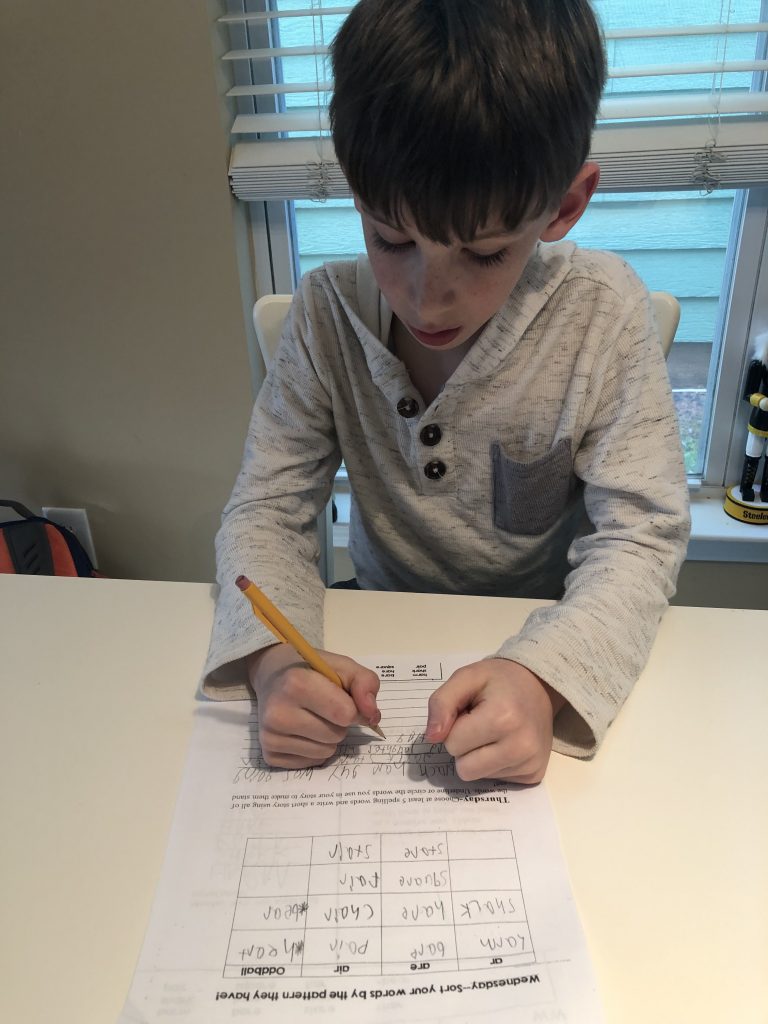Warm-up activities get students into a new lesson. They help first thing after the bell when students enter the classroom. Too often, students think about other occurrences in their lives when they enter the classroom. Warm-up activities give them the right mindset for learning.
Warm-up activities are assignments or activities done immediately after entering the classroom. They get students to think about what they will learn or have learned. Some classrooms have students write in their journals about the previous day. Others have students complete unfinished work. Still, others require students to read silently for a few minutes. These activities should be about 5 to 10 minutes long.
Warm-up Activity Has Benefits
Warm-up activities transition students into the day. They provide structure and help students who need a routine. They also settle students before introducing a new concept. Activities before a lesson get the brain ready to retain new information. Students who complete warm-ups at the beginning of class are more engaged in a lesson and retain more of the content.
Warm-up activities for students give teachers several minutes of planning time for a lesson. With warm-ups, teachers can revisit previously learned material to build on to new concepts. Teachers also use warm-up activities for the different learning styles of students.
Types of Warm-Ups
There are several ways to get students into a new lesson.
- Answer a quick question activates a student’s prior knowledge.
- Provide a prompt for a quick response.
- Create ideas by brainstorming a topic.
- Presenting a visual on the topic to discuss and analyze the new topic.
- Think-pair-share always sparks conversation,
Motivation and focus on the desired lesson are important regardless of its achievement.
Factors for Consideration
- Use the warm-up to set a tone for the lesson.
- Plan and prepare the warm-up for the students to be successful. The activities and materials need to ease the students into the new content.
- The beginning of the year is a good time to pair-share activities for students to get to know each other and build teamwork skills. They help students to relax and talk with their classmates.
- Warm-up activities should focus on and engage students. They may even be fun.
Research indicates the use of warm-up activities increases a student’s attention and links information to a new lesson. Some activities happen first thing in the morning to wake up students and get their mindset into learning. Others introduce students to new material and access prior knowledge. They may stem from silent reading to writing from a written prompt. Whatever the reason, warm-ups engage students.



